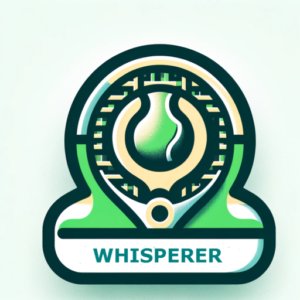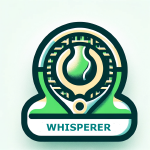The Toughest Test in Tennis: Returning from Injury or Time Off
The Real Grind of a Tennis Comeback: A Case Study in Sinner’s Return
Returning to the court after a layoff or injury is one of the toughest tests in a tennis player’s journey.
It’s not just about being pain-free or fit—it’s about rebuilding rhythm, reestablishing confidence, and managing the mental volatility that comes with competitive play.
Players often underestimate how much match tension, footwork timing, and emotional resilience atrophy during time away. Whether you’re a Badge player or a seasoned competitor, the road back is rarely smooth—and Jannik Sinner’s recent comeback offers a powerful lens into the grind every returning player faces.
Not Just About Feeling Ready—It’s About Being Ready
In Rome, Jannik Sinner stepped onto the court to rapturous applause, immediately igniting the Italian faithful with a crisp inside-in forehand that echoed like a statement of intent.
With the national soccer team struggling to reclaim its former dominance, Italy has turned to tennis in its search for a new sporting icon. While Lorenzo Musetti offers the flair and fire of a classic Italian showman, it’s Sinner—predictable, precise, and ruthlessly efficient—who has captured the nation’s imagination.
Everyone loves a winner, and right now, Sinner is the one delivering.
But beneath the cheers and clean winners, the match revealed something deeper: the subtle but real erosion that time away from competition leaves behind.
While Sinner dominated much of the match against Navone, inconsistencies crept in—mistimed overheads, sprayed forehands, erratic footwork. This wasn’t the Sinner who had dismantled top seeds months earlier. It was a Sinner still shaking off the mothballs.
Whisperer Takeaway: You can train intensely, but you cannot simulate match tension.
The Emotional Side of Competition
Sinner’s post-match reflections revealed another truth: the emotions on a packed stadium court are far different from those in a quiet training session.
He acknowledged struggling with movement early in the match—a clear signal of nerves manifesting physically.
“The whole match, even when it seems quite comfortable, it’s a roller coaster. Especially inside, we feel that.”
Even straightforward matches, he noted, are emotionally volatile beneath the surface.
To cope, Sinner emphasized the value of small improvements and finding rhythm through real competition.
Physical Systems Need Recalibration
Three months off doesn’t just impact timing and confidence—it disrupts movement patterns, endurance, and coordination.
This was evident in Sinner’s mid-match dip, where he lost a string of games before recalibrating.
That kind of mid-match dip is common in comebacks. The body may be fit and physically capable, but it’s not yet moving with competitive efficiency—timing is off, patterns feel forced, and the automatic responses that come from match play haven’t fully returned.
Whisperer Tip: Incorporate cross-over steps and balance drills early in your comeback phase. They’re low-load, high-utility movements that help reestablish rhythm, patterns, and responsiveness.
And Mental Rituals Too
Sinner’s success was rooted in quiet resilience. While he appeared stoic on the surface, his composure masked an intense internal process.
Sports psychology backs this up—techniques like the left-hand tennis ball squeeze help calm an overactive mind and improve accuracy under pressure.
Sinner leaned on visualization, deep breathing, and positive self-talk to stabilize his game when it mattered most.
Wrap
Sinner’s return wasn’t flawless—but it was focused, resilient, and ultimately successful.
For any competitive player eyeing a comeback, the message is clear:
-
Expect friction
-
Embrace routines
-
Focus on progress over perfection
The path back isn’t linear—but with the right mindset and systems, it’s entirely conquerable.




